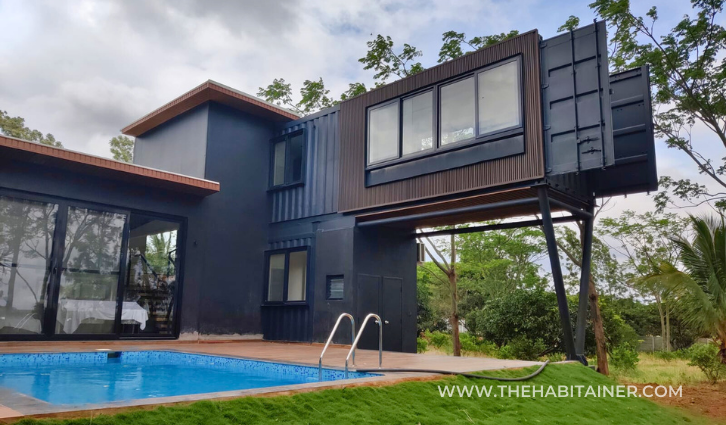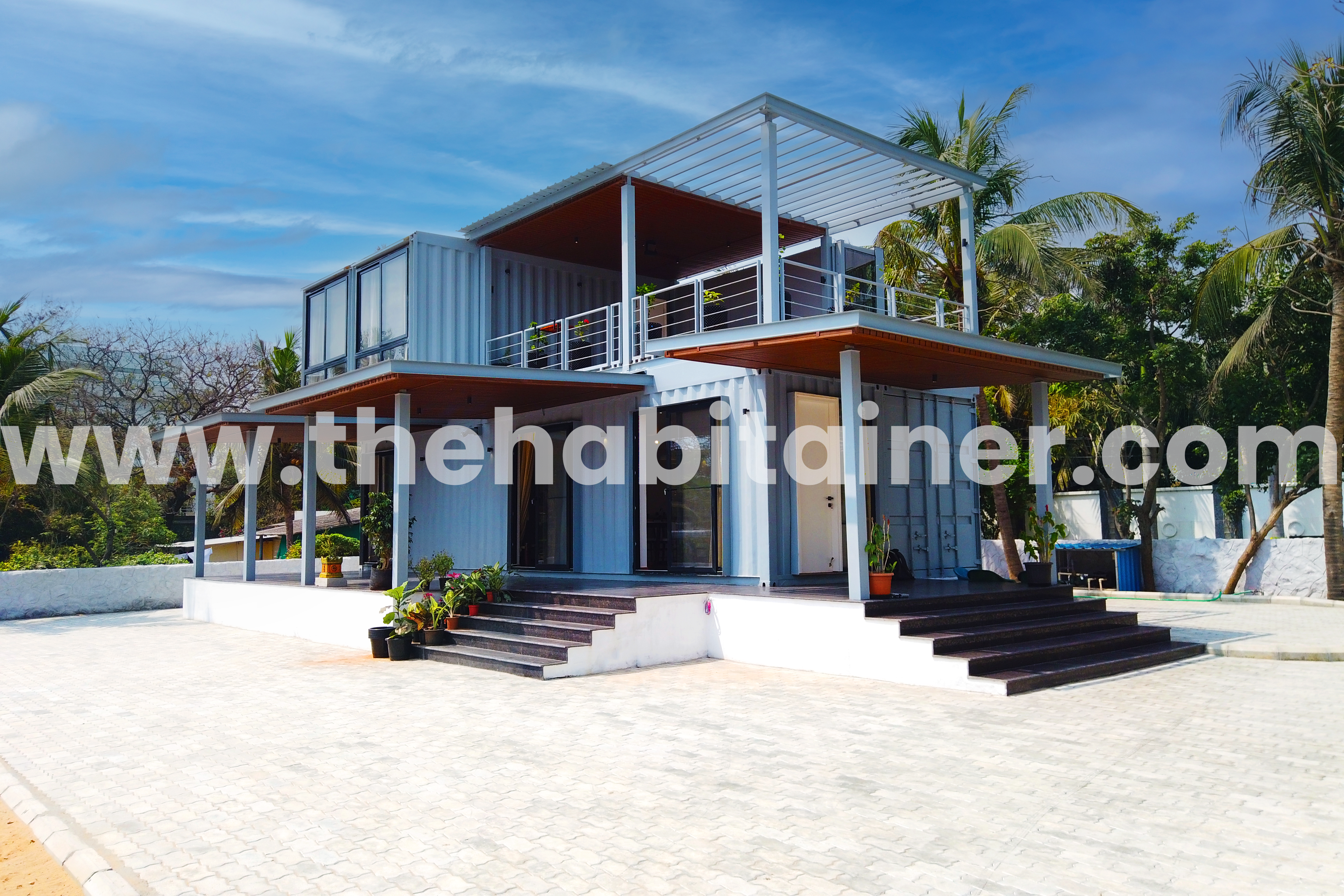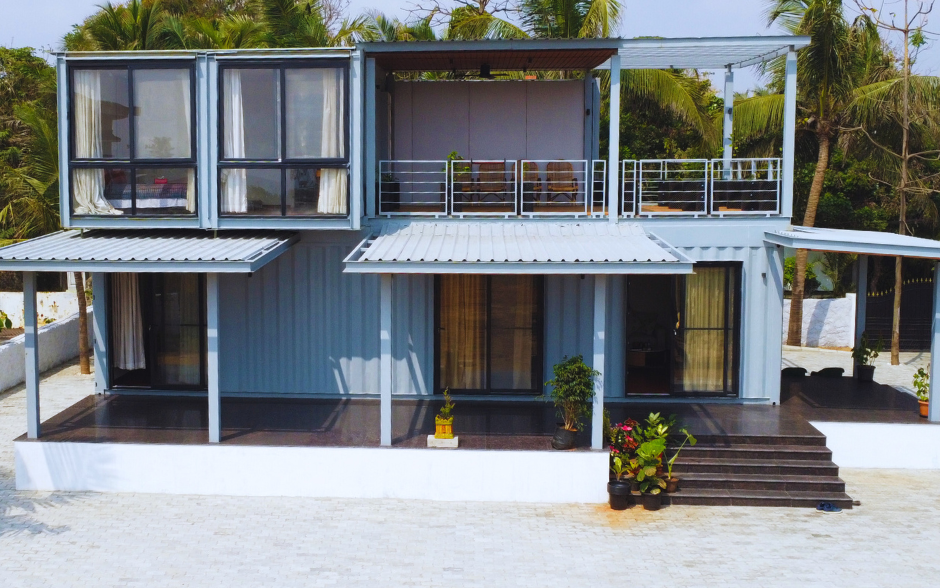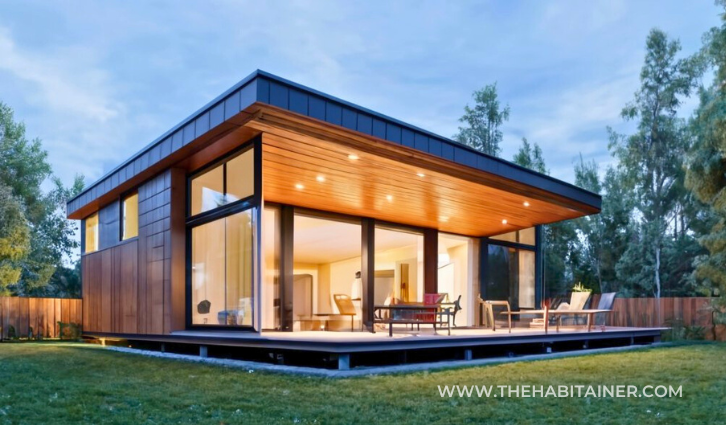Traditional construction methods have long been the norm, but with technological advancements and a growing emphasis on sustainability and efficiency, alternative construction methods are gaining traction. These innovative approaches to building offer a range of benefits, from reduced construction timelines to improved energy efficiency. In this blog post, we will delve into some of the most promising alternate construction methods that are reshaping the future of the industry.
1. Prefabricated/Modular Construction

Prefab or modular construction involves manufacturing building components off-site in a factory-controlled environment. These components, or modules, are then transported to the construction site for assembly. This method offers several advantages, including faster construction timelines, increased quality control, reduced material waste, and improved cost-effectiveness. Prefab construction allows for greater precision and efficiency, as the manufacturing process is not affected by weather conditions or other on-site constraints. Additionally, it offers design flexibility and customization options, making it an attractive choice for various building types, from residential homes to commercial structures.
2. 3D Printing

3D printing, also known as additive manufacturing, is revolutionizing the construction industry. This method involves using large-scale 3D printers to create building components or even entire structures by layering materials such as concrete, plastic, or composite materials. 3D printing offers unprecedented design freedom and can produce complex architectural forms that were previously difficult or costly to achieve. It reduces material waste, minimizes labor requirements, and significantly speeds up the construction process. This method also enables the use of eco-friendly materials and can contribute to sustainable building practices.
3. Structural Insulated Panels (SIPs)

Structural Insulated Panels (SIPs) consist of a layer of insulation sandwiched between two rigid panels, typically made of oriented strand board (OSB). SIPs offer excellent thermal insulation, reducing energy consumption and providing a more comfortable indoor environment. They are lightweight yet strong, allowing for efficient construction and reduced labor costs. SIPs also contribute to improved indoor air quality by minimizing air infiltration and preventing moisture buildup. This construction method is particularly popular for residential buildings, but it can also be used in commercial and industrial applications.
4. Earthbag Construction
Earthbag construction is an ancient building technique that involves filling bags with earth or other locally available materials and stacking them to form walls. This method is affordable, environmentally friendly, and well-suited for areas with limited resources. Earthbag construction provides excellent thermal mass and insulation properties, making it energy-efficient and suitable for various climates. It is also earthquake-resistant and has proven to withstand natural disasters better than conventional construction methods. This approach is gaining recognition as a sustainable solution for affordable housing, eco-resorts, and disaster-resistant structures.
5. Green Roofs and Living Walls

Green roofs and living walls are alternate construction methods that integrate nature into the built environment. Green roofs involve covering the rooftop with vegetation, providing numerous benefits such as improved stormwater management, enhanced insulation, reduced urban heat island effect, and increased biodiversity. Living walls, on the other hand, are vertical installations of plants that provide similar advantages while also improving air quality and adding aesthetic appeal to buildings. These methods promote sustainability, contribute to the overall well-being of occupants, and create harmony between architecture and nature.
Embracing the Future of Construction
As the demand for sustainable, efficient, and cost-effective construction methods continues to rise, alternative approaches are poised to become the new norm. Prefabrication, 3D printing, SIPs, earthbag construction, and green roofs/living walls are just a few examples of the innovative solutions transforming the construction industry. These methods offer a range of benefits, including reduced construction timelines, enhanced energy efficiency, improved cost-effectiveness, and a smaller environmental footprint. By embracing these alternate construction methods, we can build a future where buildings are not only functional and aesthetically pleasing but also sustainable, resilient, and in harmony with our natural surroundings.
FAQs:
What are alternate construction methods?
Alternate construction methods refer to innovative and unconventional approaches to building structures that deviate from traditional construction techniques. These methods often incorporate advanced technologies, sustainable materials, and unique design philosophies to shape the future of the construction industry.
Why should we consider using alternate construction methods?
Embracing alternate construction methods offers several advantages. They can lead to faster construction timelines, reduced environmental impact, improved energy efficiency, and enhanced structural durability. Moreover, these methods encourage creative problem-solving and foster a more sustainable approach to construction, which is crucial for building a better future.
Which are some prominent alternate construction methods being explored today?
Several intriguing alternate construction methods are gaining traction. Examples include 3D printing of buildings, modular construction using prefabricated components, biophilic design that incorporates nature into the built environment, and using recycled materials to reduce waste and promote circular economy principles.
How do alternate construction methods contribute to sustainability?
Alternate construction methods play a significant role in promoting sustainability. By utilizing eco-friendly materials and energy-efficient technologies, these methods help lower carbon footprints and minimize resource consumption. Additionally, they often prioritize renewable energy integration and focus on reducing construction waste, aligning with sustainable development goals.
What challenges are associated with adopting alternate construction methods?
While alternate construction methods hold immense potential, they also come with unique challenges. Some common obstacles include navigating regulatory requirements, initial capital investments, skill gaps in the workforce, and potential resistance to change in the industry. Overcoming these challenges requires collaboration, research, and a collective commitment to building a more sustainable and innovative future.
Related Blogs:
-
Explore 2 BHK Beach Facing Container House In Chennai
In the realm of modern architecture, container homes have emerged as a symbol of innovation and sustainability. These homes, crafted from repurposed shipping containers, offer a unique blend of functionality, style, and eco-friendliness. Today, we delve into the fascinating narrative of a G+1 container beach house nestled along the shores of Chennai, shedding light on…
-
Revolutionizing Modern Living: The Eco-Friendly Luxury of Container Homes
Step into the future of sustainable living with the innovative concept of container homes. Combining luxury and eco-friendliness, these architectural marvels are revolutionizing modern living.
-
Prefab Home Construction in Bangalore: A Modern Housing Solution
Prefab Home Construction in Bangalore: A Modern Housing Solution



